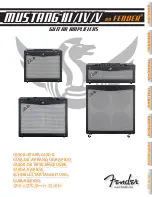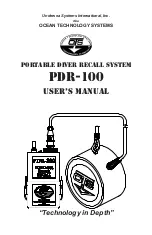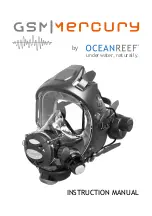
22
C. MIDI
FUNCTIONS
This section explains the MIDI capabilities of your Allen Organ. Knowledge of this
section is
not
required for everyday use of the organ, normal service playing, or use of
Allen SmartMIDI™ devices. This information’s usefulness will ultimately be
determined by your needs, along with the type and capabilities of any external MIDI
devices you choose to use--e.g., sequencers, voice/sound modules and external MIDI
keyboards. The MIDI topics covered by this manual are limited in scope. You need to
understand the terms MIDI IN, OUT and THRU and their basic functions. To increase
your understanding of MIDI you will need to read books that describe how to use MIDI.
Note:
You must also consult the owner’s manual that covers the external MIDI device(s)
you are using for more details of their operation.
1. Standard MIDI Channel Assignments
These are the Allen Organs’ standard MIDI channels settings:
Historique III™
Channel Organ
Division
1 =
Swell
2 =
Great
3 =
Pedal
4 =
Positiv
8 =
General
Note:
The MIDI Base Channel always resets to Channel 1 whenever the organ is turned
on
(see section C-5)
.
2. Selecting Program Change Modes, Viewing Program Numbers or General MIDI Sound
Names
Program change modes establish how MIDI program changes will be sent from the organ
when a piston is pressed and what the resulting display will be in the Console Controller
window. Once a particular program change mode is selected, the organ will retain this
same program change mode (even when the organ is turned off) until a new program
change mode is selected. These three mode options determine how the organ sends
program change information to MIDI devices.
Selecting a Program Change Mode
Advance to the 'PROG CHG' window function
(see Section A-2)
. It will display:
Press the
CURSOR
button until the cursor is positioned on the Program Change mode
value. Turn the
ROTARY DIAL
to change and select either "Preset", "User" or "No"
modes.
Important!
You must understand how to operate and when to use each of these modes
before you
change them!
PROG CHG: USER
DISPLAY: NUMBERS
PROG CHG: PRESET
DISPLAY: NUMBERS














































